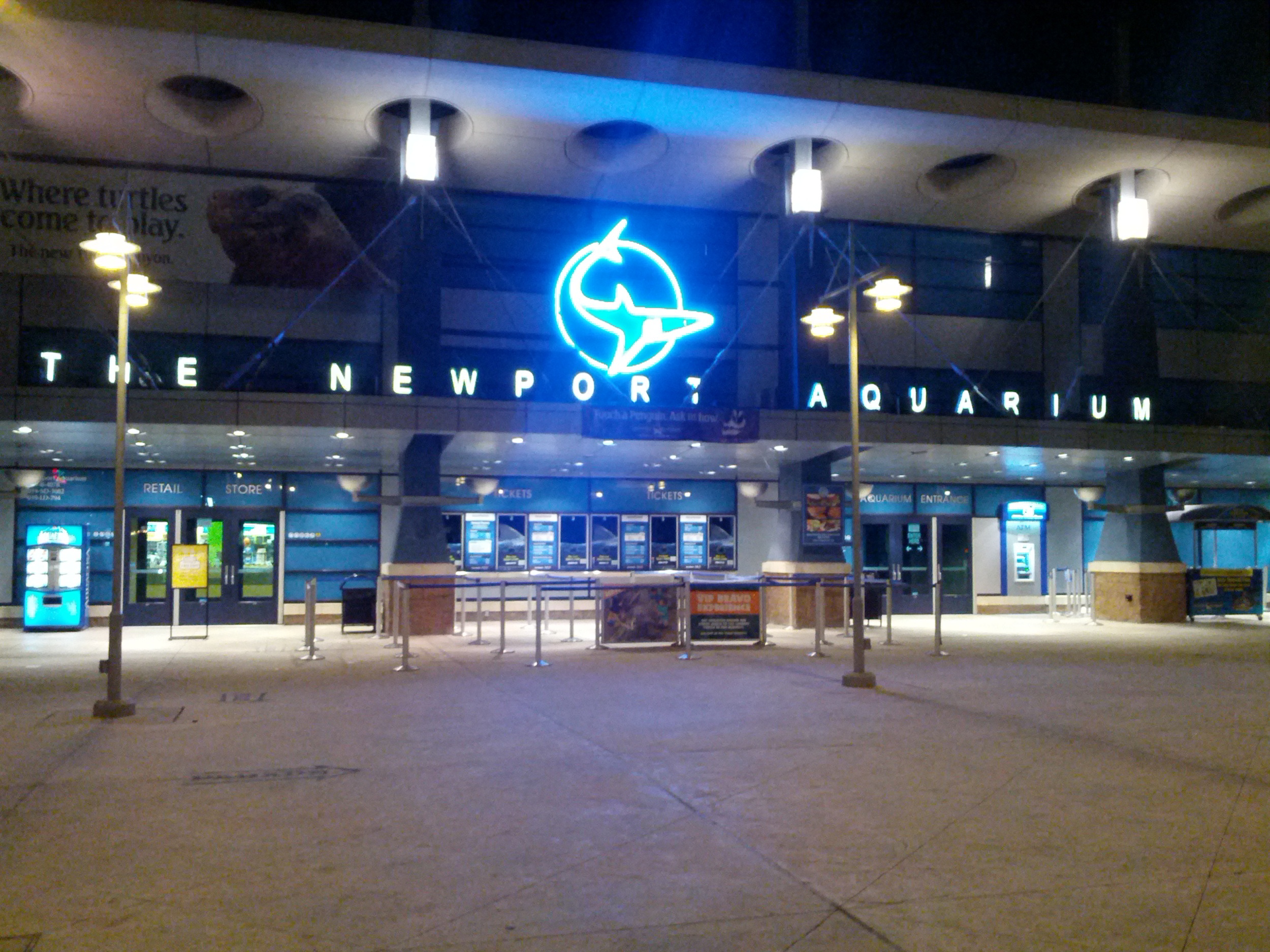More on @BizLondon Oct. cover story: @london_airport #LdnOnt
/It probably goes without saying that anyone who builds an airplane in his garage and then flies himself and his wife to Northern Ontario for vacation is an optimist.
So we can stipulate Mike Seabrook is an optimist. The fuel tank is half full, not half empty.
That optimism helps explain the plan he has to boost passenger traffic at the London International Airport by 50 per cent over the next three years – from 500,000 to 750,000 annually.
As you can read in this month’s issue of Business London magazine, since the day Seabrook took over as president of Southwestern Ontario’s largest airport in May, 2012, he has focused his energy on growth.
Mike Seabrook built and flies a tandem-seat RV-8 airplane like this one. His is purple and resides in a hangar at the London airport
He’s determined to capture a significant slice of travelers who live within an hour or two of the airport but routinely drive across the U.S. border to catch flights in Detroit, Flint, Niagara Falls and Buffalo. He’s got the studies to show there are 2.2-million such people – easy to believe if you’re trying to cross the Windsor-Detroit border on a typical weekend and are stuck behind a never-ending line of cars and trucks.
So ya, travelers would love to make the easy drive to London, park for the bargain sum of $50/week, and make connections to the rest of the world. Of course, it ain’t that easy.
For starters, airports in Canada have higher cost structures than those in the U.S., so comparable flights from London are more expensive than those across the border. If an airline can fill most of its flights operating from Buffalo or Flint, why would it spend the money to set up shop in London, Ontario?
It would only do so if Seabrook and his colleagues could demonstrate doing so would be profitable.
“Airline assets are portable, by their nature,” Seabrook says. “They can deploy their aircraft wherever they can make a profit.”
It took about seven years for the folks at the London airport to convince United to offer connecting flights to Chicago. That started four years ago, and by all accounts has been a successful venture for United. The Chicago model was one of the factors that prompted United to expand its London flights and begin flying to and from New York later this month.
The New York flights are a real coup for London, promising to boost passenger numbers in the direction of Seabrook’s goal of 750,000. But they alone won’t get him there. He needs more airlines, more flights, more destinations to lure significantly more travelers.
The airport needs to reach the next critical mass point, with so many more travelers that airlines want to add flights to gain part of the growing London pie. Airlines are famously volatile; they contract and expand based on dozens of economic and political factors, most of which the London airport cannot control or even influence.
Seabrook and his team work every day on the things they can control: making the airport a more attractive place for travelers and airlines alike. And they pitch the hell out of their service, doing whatever they can to lure new airlines and new flights to the city.
If they keep doing that and airlines like United take notice and add new destinations like New York, they just might meet their goal. But it’s a long shot, the kind of goal only an optimist would set.


























